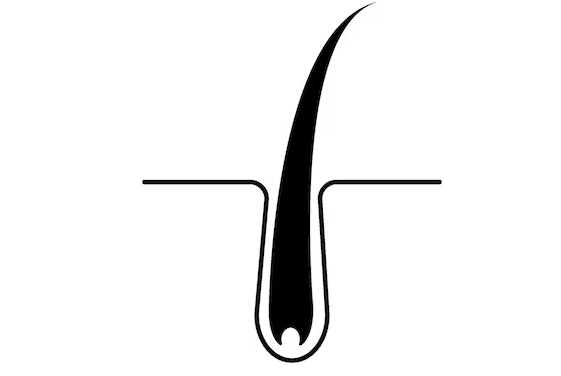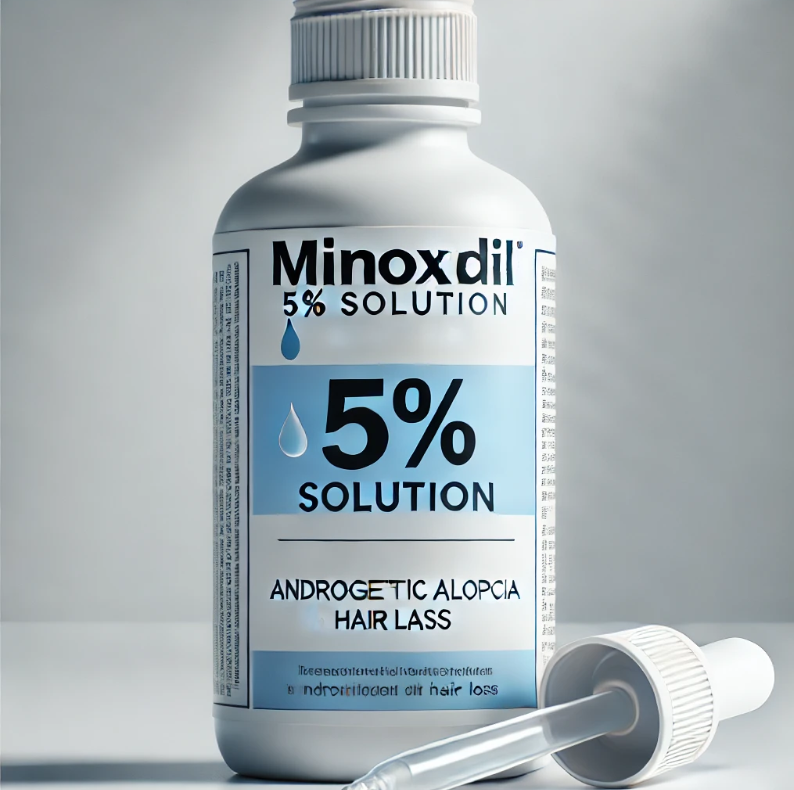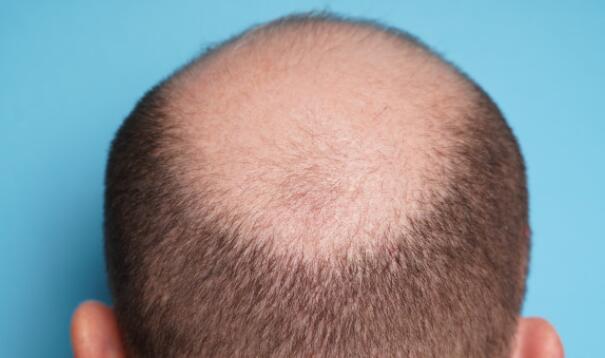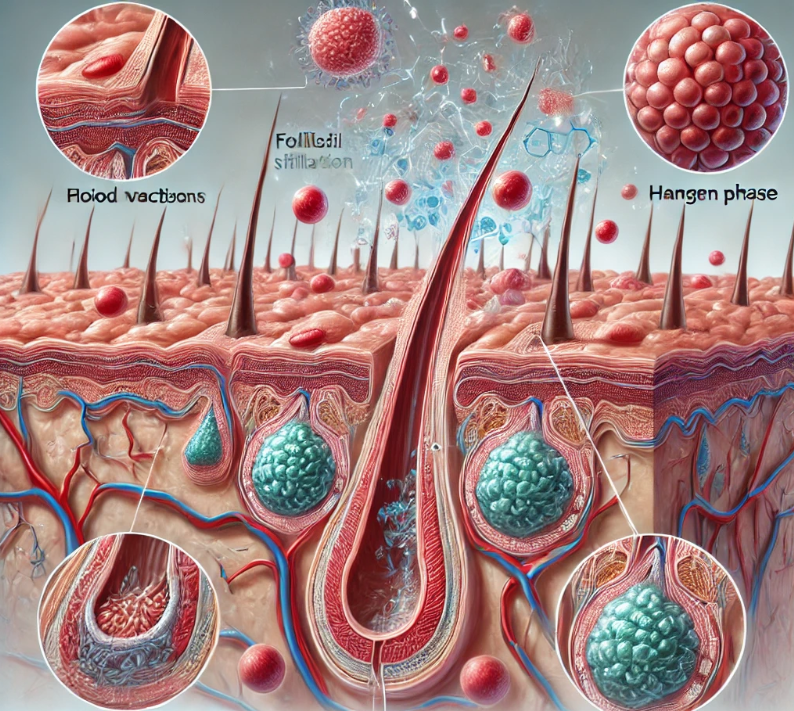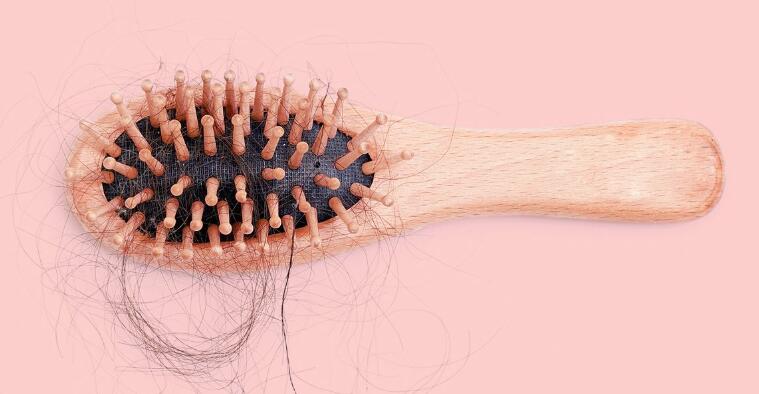How to choose minoxidil gender-specific 2% & 5% formulations?
Minoxidil is available in gender-specific formulations primarily designed to address the differing patterns of hair loss in men and women. Men’s Formulation: Typically contains 5% minoxidil, which is often more effective for male-pattern baldness. It may come in a foam or liquid solution, with a higher concentration suitable for more aggressive hair loss. Women’s Formulation: Generally contains 2% or 5% …
Research and Clinical Studies Supporting Minoxidil Efficacy
Several research studies and clinical trials have been conducted to support the efficacy of minoxidil in promoting hair growth and treating hair loss, particularly for androgenetic alopecia (male and female pattern baldness). These studies provide a strong foundation for its use as a treatment option. Here’s an overview of some key research findings: Early Clinical Trials on Minoxidil (1980s) FDA …
Minoxidil Success Rates and Expected Growth Rates for Various Users
Minoxidil ’s success rates and expected growth outcomes can vary based on several factors, including the type of hair loss, the concentration used, and individual response. Here’s a general overview. Male Pattern Baldness (Androgenetic Alopecia) Success Rate: Approximately 60-70% of men experience some degree of hair regrowth with minoxidil. Success is often higher in those with early-stage hair loss. Expected …
Minoxidil Typical Timeline for Visible Results (3 Months, 6 Months, 1 Year)
The timeline for visible results with minoxidil can vary based on individual factors, including the extent of hair loss and how consistently the product is used. Here’s a general timeline for what to expect. Three Months Minoxidil timeline Initial Response: Hair Shedding: Some users may experience an initial increase in hair shedding, known as “shedding phase,” as weaker hairs are …
Minoxidil Results for Different Types of Hair Loss (Pattern Baldness, Alopecia)
Minoxidil effectiveness results can vary depending on the treatment for type of hair loss. Here’s how it generally performs for different conditions. Male Pattern Baldness (Androgenetic Alopecia) Effectiveness Minoxidil: Effective in promoting hair regrowth and slowing hair loss. The 5% solution is typically preferred for men due to its higher efficacy. It can help improve hair density and thickness, particularly …
Minoxidil Mechanism of Action in Stimulating Hair Follicles?
Minoxidil Stimulating Hair Follicles to prevent hair loss has an interesting history, evolving from a treatment for high blood pressure to a widely recognized solution for hair loss. 1990s: Research continued into minoxidil’s effectiveness, and the drug was available in different concentrations (2% and 5%). The 5% solution is more effective for men. 1996: Minoxidil’s use was extended to female …
When can I stop using minoxidil?
Can I stop use minoxidil after the treatment effect has stabilized? Doctors generally recommend daily use to ensure results, but stopping too soon may cause hair loss to flourish again. This is mainly because minoxidil is only a drug that promotes hair follicle development, and it does not address the underlying causes of hereditary hair loss, seborrheic alopecia, and androgenic alopecia. …
Who are the right people to use minoxidil?
When we understand who are the right people to use minoxidil, we must first understand that hair loss is not all the same cause, the following are possible causes of hair loss Genetic alopecia and androgenetic alopecia are the causes of most hair loss today. Hair loss due to hormonal changes, conditions such as polycystic ovary syndrome (PCOS), menopause, pregnancy …
Why does minoxidil have various side effects?
Minoxidil is an FDA-approved topical product that can be used for hair growth, and is currently commonly used in 2% minoxidil solution and 5% minoxidil solution. Minoxidil works primarily by dilating blood vessels and improving blood flow to the scalp, which can stimulate hair growth. However, minoxidil also lead to a variety of side effects. Reasons of some common side …



